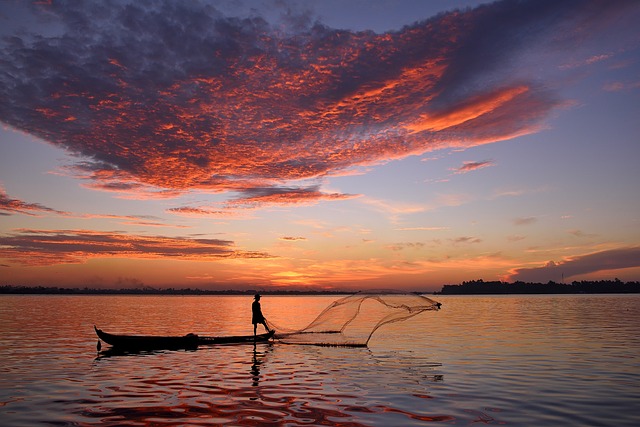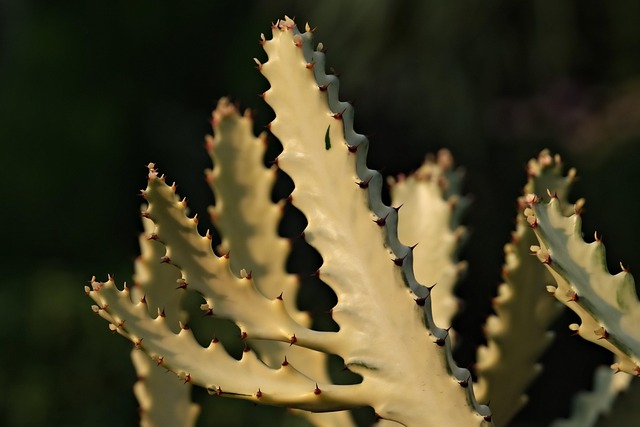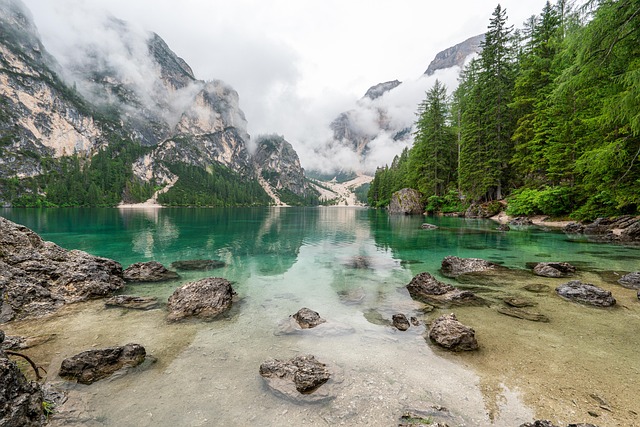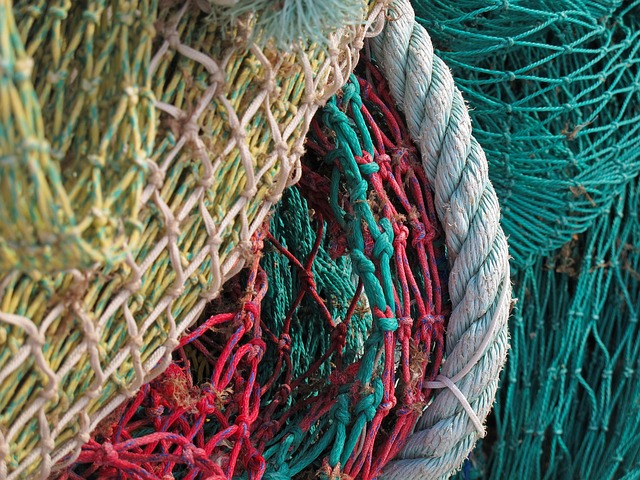Lane County, Oregon, is a river fishing paradise governed by strict state regulations from the Oregon Department of Fish and Wildlife (ODFW) to protect diverse fish populations and ecosystems. Seasonal closures for spawning runs, catch limits, licenses, and size restrictions are enforced. Responsible angler practices like catch-and-release, proper hook use, habitat preservation, respect for other users, and 'leave no trace' gear cleanup ensure the sustainability of Oregon's renowned river fishing opportunities for future generations. Community involvement through conservation groups and educational programs further supports these efforts.
In Lane County, Oregon, river fishing is more than a pastime; it’s a cherished tradition intertwined with environmental stewardship. This article delves into the ethical dimensions of fishing within the region’s unique ecosystem. We explore Lane County’s fishing regulations, emphasizing conservation practices essential for healthy rivers. From catch-and-release techniques to responsible angler behavior, we guide you through sustainable practices. Additionally, we highlight community efforts and resources dedicated to preserving Oregon’s renowned river fishing habitats.
- Understanding Lane County's Fishing Regulations
- The Importance of Environmental Conservation in River Fishing
- Ethical Catch and Release Practices for Oregon's Waters
- Responsible Angler Behavior: A Guide for Local Rivers
- Protecting Fish Habitats: What Every Angler Should Know
- Community Efforts and Resources for Sustainable Fishing in Oregon
Understanding Lane County's Fishing Regulations
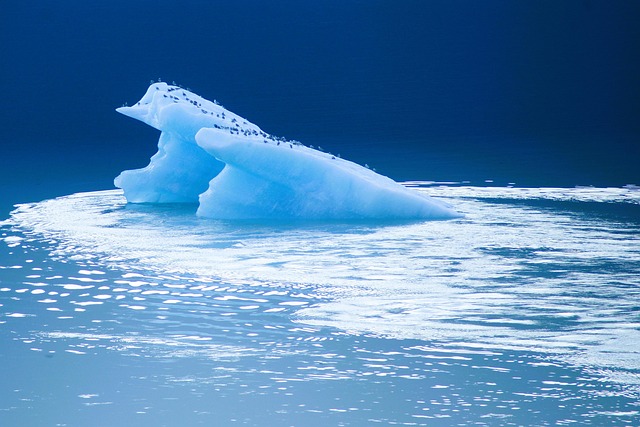
Lane County, Oregon, is a paradise for anglers, offering diverse river fishing opportunities across its scenic landscapes. Understanding the local fishing regulations is paramount to ensuring a sustainable and enjoyable experience for all enthusiasts. The county adheres to state-mandated rules set by the Oregon Department of Fish and Wildlife (ODFW), which are designed to protect both fish populations and the environment.
These regulations cover various aspects, including seasonality, catch limits, and specific areas open or closed to fishing. For instance, many rivers in Lane County support healthy runs of salmon and steelhead, prompting seasonal closures to allow these migratory species to spawn. Anglers must obtain valid licenses and follow size limits, ensuring that only mature fish are harvested while promoting the preservation of younger populations for future generations of river fishing Oregon enthusiasts.
The Importance of Environmental Conservation in River Fishing
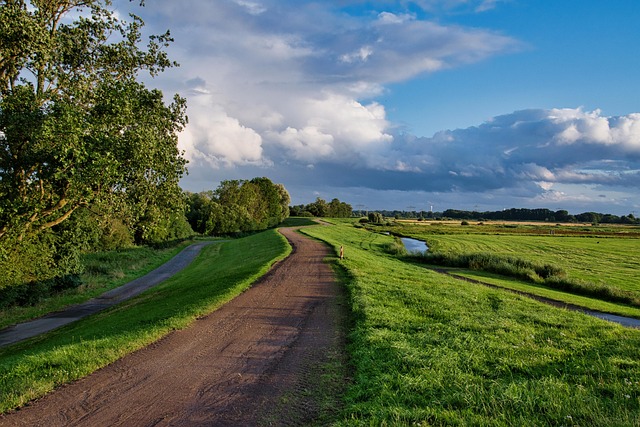
In Lane County, Oregon, river fishing is a beloved activity that attracts both local enthusiasts and visitors alike. However, alongside the joy of catching fish, it’s crucial to recognize and prioritize environmental conservation efforts. River ecosystems are intricate and delicate, providing habitat for numerous species beyond those sought by anglers. Protecting these environments ensures the sustainability of fish populations and the overall health of the river.
Anglers play a vital role in preserving Oregon’s river fishing heritage. Simple practices such as properly disposing of waste, respecting wildlife, and adhering to catch limits can make a significant impact. By minimizing their footprint and practicing responsible fishing, anglers contribute to maintaining the beauty and biodiversity of these waterways for future generations to enjoy.
Ethical Catch and Release Practices for Oregon's Waters
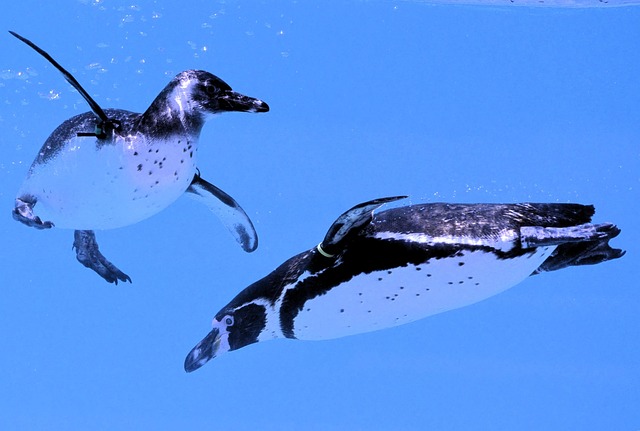
In Lane County, Oregon, where river fishing is a cherished pastime, ethical catch and release practices are essential to preserving the state’s rich aquatic resources. Anglers should aim to handle fish with care, minimizing stress, and releasing them safely back into the water. This approach ensures the well-being of both individual fish and the broader ecosystem. By adopting proper techniques, such as using barbless hooks and wet hands to avoid damaging the fish’s protective mucus layer, anglers can significantly improve survival rates after release.
Oregon’s rivers teem with diverse species, making catch and release a responsible choice for sportfishing enthusiasts. Properly executed, this practice allows fish to continue contributing to the health of the river’s ecosystem without being harmed or removed from their natural habitat. This conservation-focused approach is not only beneficial for the environment but also reinforces the integrity and sustainability of Lane County’s beloved river fishing experiences.
Responsible Angler Behavior: A Guide for Local Rivers
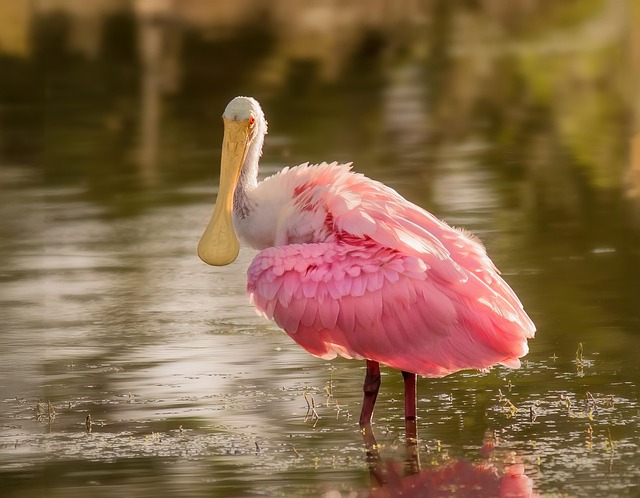
In Lane County, Oregon, responsible angler behavior is vital for maintaining the health and sustainability of local rivers, which are popular destinations for river fishing. Anglers should always prioritize environmental stewardship by practicing catch-and-release where appropriate, using properly sized hooks to minimize damage, and avoiding disturbing aquatic habitats during their visits. Respecting other anglers and following local regulations is equally important; this includes being mindful of noise levels, keeping pets under control, and adhering to seasonal fishing restrictions.
When venturing into Oregon’s rivers for a fishing trip, understanding the unique ecosystem and its inhabitants is crucial. Anglers are encouraged to educate themselves on species-specific guidelines, such as size limits and bag limits, which help ensure that only healthy fish populations are affected. Additionally, leaving no trace principles should be followed by cleaning gear thoroughly after each use to prevent the spread of diseases and protect the river’s delicate balance.
Protecting Fish Habitats: What Every Angler Should Know

Protecting fish habitats is a crucial responsibility for all anglers in Lane County, Oregon, especially those enjoying river fishing. It’s essential to understand that the health of aquatic ecosystems directly impacts the quality of fishing experiences. Anglers should strive to minimize their environmental footprint while on the water. One key aspect is avoiding damage to streams and rivers through proper access points, staying on designated trails, and never trampling vegetation or shorelines.
By practicing responsible river fishing, anglers can help preserve critical habitats for fish and other wildlife. This includes respecting riparian zones, which are areas immediately adjacent to water bodies, as they provide essential cover and breeding grounds for fish. Anglers should also be mindful of their waste, ensuring proper disposal of all litter, including used fishing line, to maintain the cleanliness and safety of these delicate ecosystems.
Community Efforts and Resources for Sustainable Fishing in Oregon

In Lane County, Oregon, community efforts and resources play a vital role in promoting sustainable river fishing practices. Local organizations and conservation groups actively work to preserve the rich biodiversity of the region’s waterways. These initiatives include regular clean-up events along popular fishing spots, such as the Willamette River, to remove litter and debris that can harm aquatic life. Educational programs also teach anglers about responsible fish handling techniques, catch-and-release methods, and the importance of respecting seasonal closures and size limits to ensure the long-term health of fish populations.
The Oregon Department of Fish and Wildlife (ODFW) provides numerous resources for sustainable fishing, including detailed guidelines and regulations specific to river fishing in Oregon. They offer workshops and webinars on topics like habitat restoration, fish conservation, and angler ethics. Additionally, ODFW works closely with local communities to monitor water quality and implement practices that support a balanced ecosystem, ensuring that future generations can enjoy the region’s renowned river fishing opportunities.
